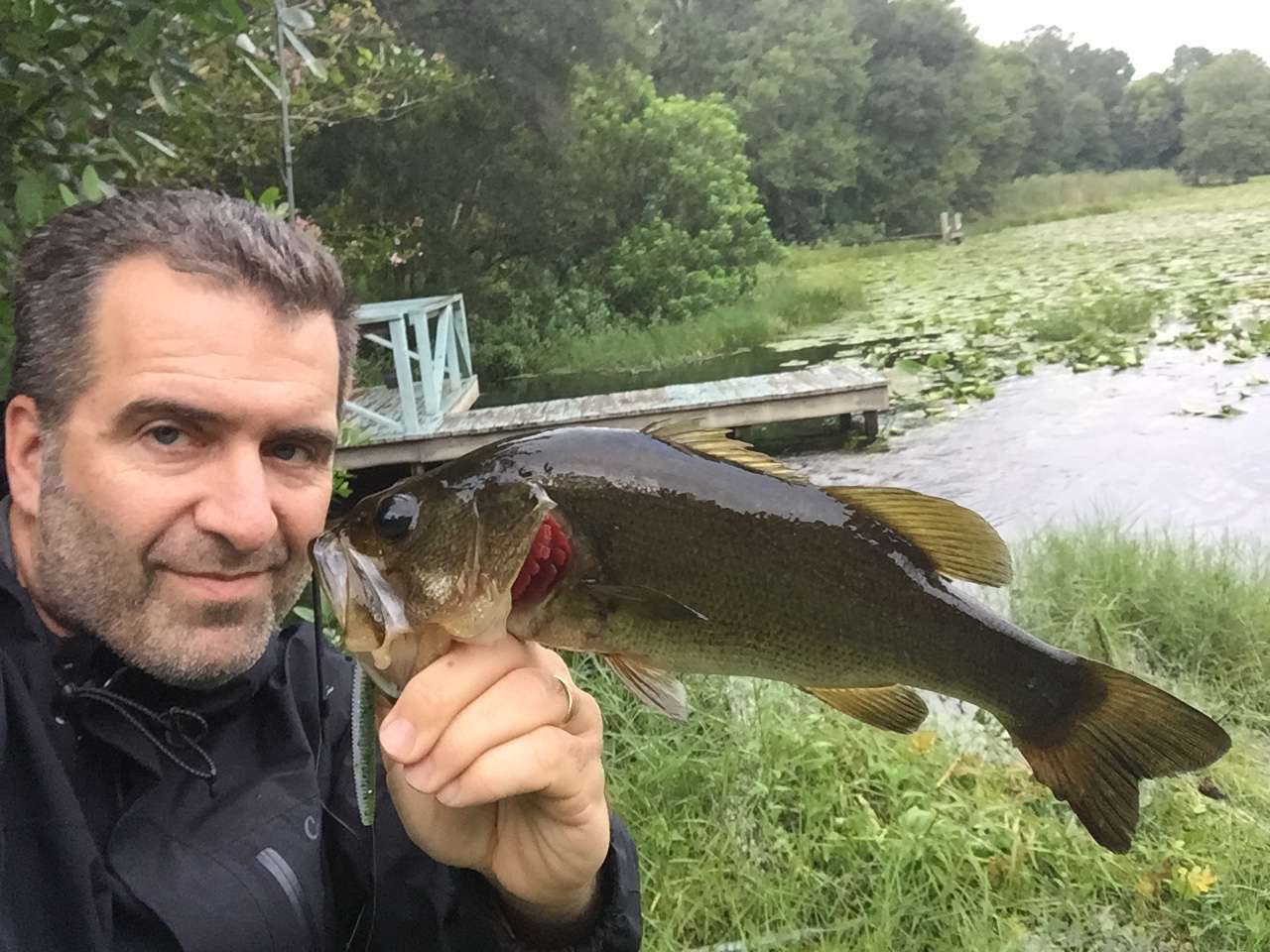
Fishing on the St. Lawrence River is usually pretty predictable.
Usually.
Ask the average angler why they enjoy visiting these waters straddling the U.S./Canada border and one word consistently tops the responses: “Smallmouth.”
Inversely, we can verify the premise by asking bass anglers where they’d prefer to target big smallies and the vast majority will exalt the St. Lawrence.
Largemouth bass reach respectable size here, too, but quality smallmouth simply outnumber them.
Hold that thought for a moment.
Ideal Scenario
No doubt, this pristine waterway linking the Great Lakes to the Atlantic well deserves its “smallmouth factory” reputation. Fishermen are inherently opinionated creatures, but several decades of pumping out quantity and quality substantiate the St. Lawrence mystique.
Ryan Lachniet, who lead Day 1 of the St. Croix Bassmaster Open at St. Lawrence River presented by SEVIIN with a limit of 26 pounds, 5 ounces, anchored his bag with a brown beast that went 7-5.
Notably, there was a time when the green fish (largemouth) dominated this region — just ask Canadian sticks and Bassmaster Elite brothers Cory and Chris Johnston, who proudly recall growing up targeting largies.
That all changed when zebra mussels and round gobies entered the St. Lawrence Seaway (including the Great Lakes) via ballast water from oceangoing ships in the 1990s.
The former’s filter feeding dramatically improved St. Lawrence clarity, while the latter provides a rapidly renewing food source that tends to bulge those brown waist lines. (Lacking swim bladders, gobies are bottom hoppers so smallmouth don’t have to chase them throughout the water column.)
Give smallmouth a plentiful and vulnerable food source, add in the ultra clarity that facilitates feeding and your smallmouth population will explode.
As it has on the St. Lawrence River.
A Different Course
Safe to say that when the field of 145 anglers launched for Thursday’s first round of competition, everyone’s strategy centered on smallmouth.
That was certainly the case for Georgia pro John Duvall, until a motor breakdown squashed his game plan. Not to be sidelined, the southern angler headed to the bank and did what he knows well.
Turning in an all-largemouth limit of 20 pounds, 4 ounces, he proudly placed 49th.
“My big motor blew up about 45 minutes into the tournament,” Duvall said at the Day-1 weigh-ins. “I got in one run and part of another run before that happened. I was able to make my way over to the bank and just fished my way back.
“I had the opportunity to have 23-24 pounds of all largemouth. I lost two big ones, but I’m just blessed to have what I have.”
Duvall said he used his trolling motor to work the bank and fish various natural and manmade features. He caught his fish on a variety of baits.
“It was all over the board from topwater to subsurface, to dragging something on the bottom,” Duvall said.
Previous Precedent
During the 2020 Bassmaster Elite, which ran out of Clayton, N.Y., Brock Mosley committed to a green fish program and made a serious run at the title. Mosley finished eighth, but in doing so, he spotlighted the fishery’s diversity.
Acknowledging Mosley’s effort, Duvall said that historical reference actually never crossed his mind during Day 1, largely because he was in adaptation mode.
“I was just fishing the moment, because of what happened,” he said. “I was going to target smallmouth and ended up on largemouth.”
Duvall said he was not optimistic about the likelihood of getting his motor issue resolved, so he’s back on the largemouth plan today.
Will he be able to outpace the smallmouth guys? Unlikely.
Will he have a lot of competition for the largemouth bite? Also unlikely.
Thankfully, the St. Lawrence is a generous fishery — and one with options.





